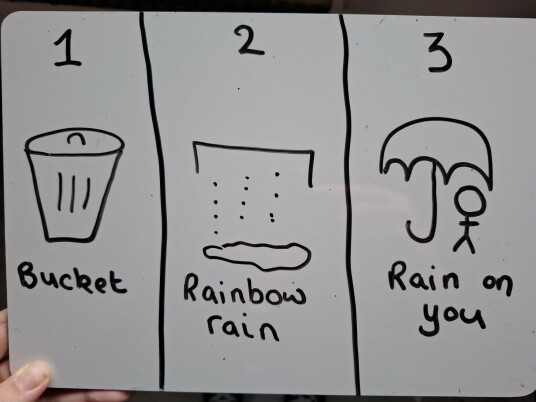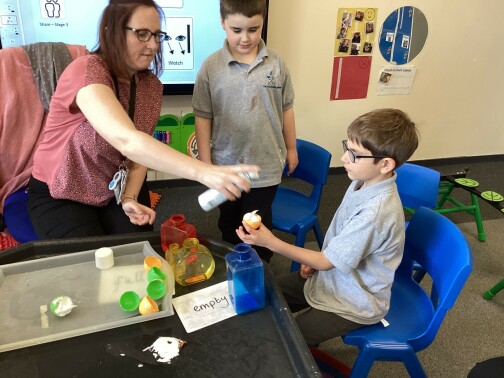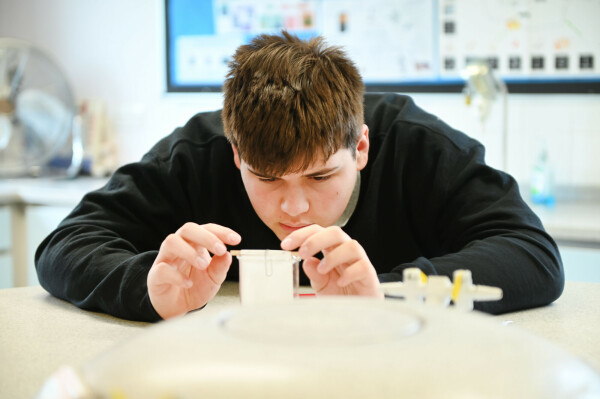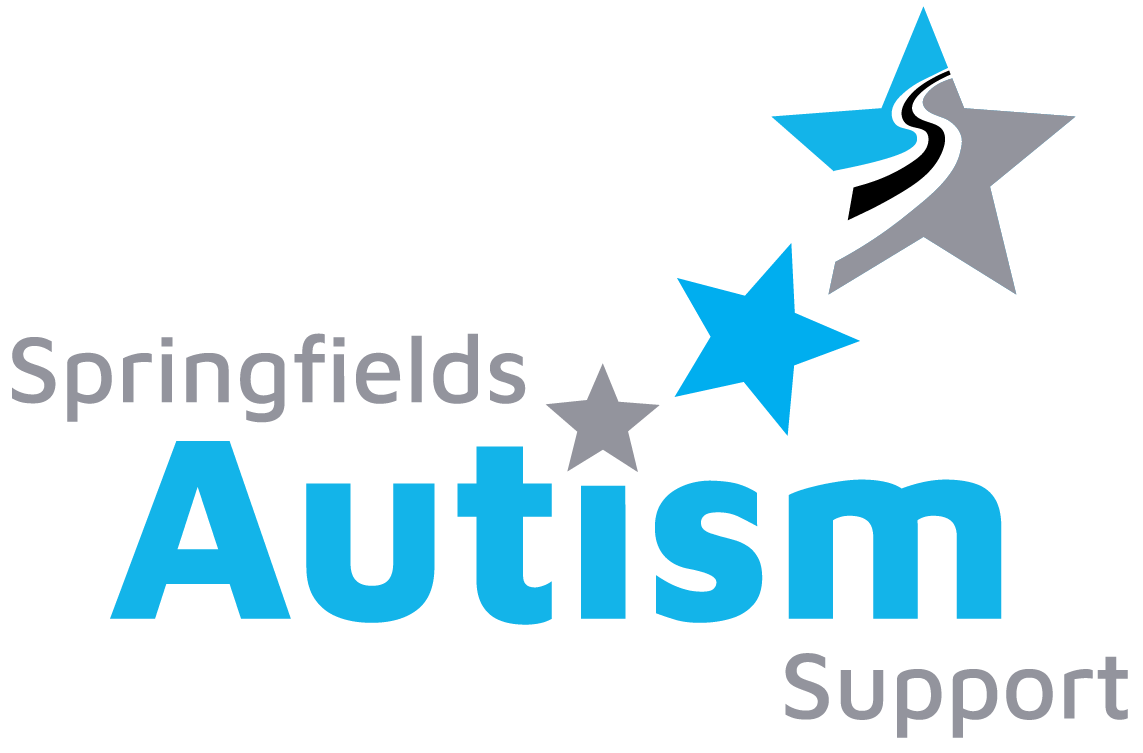The Benefits of Attention Autism/Bucket Time in Autism Education
The Benefits of Attention Autism/Bucket Time in Autism Education
17th November 2024
Attention Autism, sometimes known as Bucket Time, is an evidence-based approach to developing communication and interaction. Originally created by Gina Davies, Specialist Speech and Language Therapist, Attention Autism is designed to support autistic children in developing their attention, engagement, and communication skills. This approach combines visually stimulating activities and a highly structured routine to capture children's attention, gradually building their ability to focus, interact, and participate in parallel activities.

Why Attention Autism Works
Autistic children can sometimes need support to process information and shift attention. This can be due to a range of factors, from monotropism (being intensely focused on one thing at a time, often linked to special interests) to sensory differences (read more about this here). These factors can make it difficult for some autistic individuals to shift attention to different activities, engage in a shared space with peers, or follow instructions. Attention Autism supports this by offering short, engaging, sensory-rich activities that offer an irresistible chance to join in. Bucket Time activities are delivered in a highly predictable, step-by-step routine that helps reduce anxiety and increase engagement.
Attention Autism activities are built up over time, at the child's own pace and preference, and can range from 1 to 4 stages long. Stage 1 - Bucket Time - typically involves a colourful bucket filled with various objects that appeal to a range of senses and are visually appealing. Each object is presented in a way that captures the child's interest and encourages them to focus – through song, exaggerated facial expressions and interactive verbal cues.

As children become more engaged and sustained with their attention in stage 1, they develop the skills to move on to stage 2 - The attention builder. This is a short activity which is modelled by the adult delivering the session, which again is visually stimulating and engaging for the pupils.
Stage 3 focuses on interaction and encourages pupils to share space and take turns with their peers, engaging in a rewarding and exciting activity.

When pupils are ready and can attend throughout stages 1 – 3, then they are ready for stage 4 – an individual activity. Stage 4 encourages pupils to shift their attention away from an activity led by an adult, and work in parallel to a peer on an independent activity. This also encourages them to re-engage their attention.
The Springfields Academy and Attention Autism
At The Springfields Academy, Attention Autism is a core child-centred part of the curriculum used to support our autistic pupils. The Springfields Academy embeds these methods into daily learning routines to help children build skills in attention and engagement. The combination of sensory stimulation, routine, and social interaction not only helps children improve their attention but also fosters positive experiences around learning, building their confidence and independence.
Staff at The Springfields Academy use Attention Autism principles to introduce new topics, promote social interactions, and develop participation in group activities. The structured routine and engaging activities allow for individualised progress and development of attention building, which is a key learning behaviour. By using Attention Autism techniques, Springfields provides an environment where children can thrive—developing crucial skills such as joint attention, turn-taking, and various communication skills – all key for a safe and independent life.
Attention Autism can be implemented and adapted for all age ranges. For example, more mature pupils may have ‘Tool Box time’ rather than bucket time, and rather than having a range of toys, the tool box may contain items linked to specific interests within the group.
How to adapt Attention Autism in Learning
Attention Autism strategies can also be embedded into more formal curriculum lessons. Take this science lesson for example:
Stage 1 – The staff member shows the pupils a ‘Lab bag’ (instead of a bucket). Within the lab bag is the necessary equipment to carry out an exciting experiment within the classroom. The staff member uses exaggerated facial expressions and specific vocabulary when pulling the equipment out of the bag.
Stage 2 – The staff member demonstrates the exciting experiment whilst the pupils watch.
Stage 3 – Pupils take turns to come up to the front and carry out a specific step of the science experiment.
Stage 4 – Pupils carry out their independent activity linked to the modelled science experiment – this could be completing a similar experiment, testing out a new theory or simply carrying out the original experiment at their own work station.
Within the above science lesson (which I have kept purposefully generalised), pupils follow stages 1 – 4. However, each stage is linked specifically to the same theme, lesson objective, or curriculum criteria.

How to Make Attention Autism Even More Neuro-Affirming
When you see an Attention Autism session in practice, the environment is generally set up in a similar way. The leader of the session will be at the front, with a semi-circle of children around. This is to encourage pupils to look itowards the leader and focus attention towards the activity. However, it is possible for pupils to be attending to the session without being sat on their chair or looking directly at the activity. It is also important to accept and respecr when learners do not want to engage in the session.
When delivering an Attention Autism session, it is important to recognise that autistic pupils may need to attend or engage in slightly different ways. A pupil may become excited and jump out of their chair, or have sensory needs that mean that they attend to the session whilst walking around behind the group. It is important to allow pupils to engage with reasonable adjustments which support them in being able to feel safe within their environment so that are able to attend. Attention Autism is about developing attention and language and this can occur without everyone sitting on the carpet.
What if an Attention Autism session is ‘too much’ for a pupil?
Within Attention Autism sessions, there will be an adult who is leading the session. It is the job of this adult to engage the pupils using neuro-affirming practice. Other adults in the room will be acting as ‘models’. It is the job of these modelling adults to ‘show’ the pupils how to react and engage with the session.
At times, a pupil may show signs that Attention Autism is not right for them that day. This can be due to a range of different factors, from sensory needs to the choice of bucket time toys. If a child is not engaging and cannot be redirected or encouraged to attend, then it is okay for them to sit out, or go with an adult to do a different activity whilst the session continues with the rest of the pupils. This does not mean that the pupil will never come back for Attention Autism session again, or that their attention span has diminished, it just means that the conditions on that particular day weren’t quite right.
In some cases, a pupil may be able to regularly get to stage 3 or 4 within the Attention Autism session, but on one particular day is not able to make it to stage 2 and that is also okay! We meet the children where they are and keep trying to stretch engagement in the next session.
Written by Jessica Coulson, Springfields Autism Support Advisor

